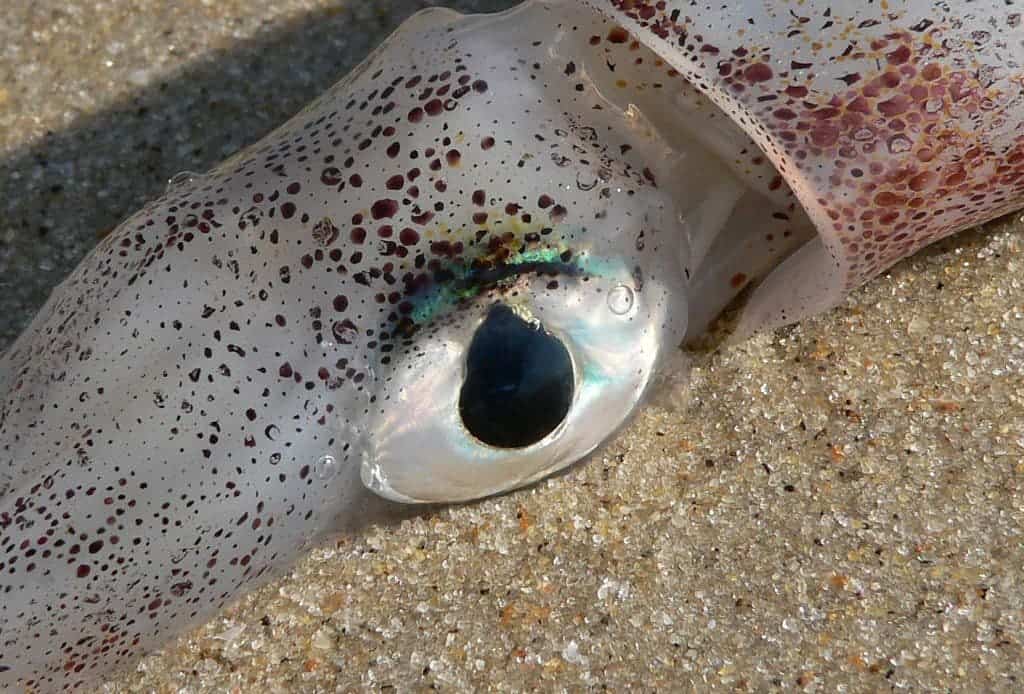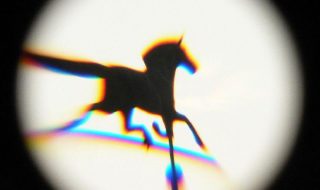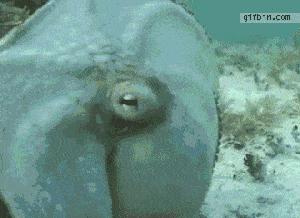
Despite having a single type of visual pigment in their retinas, cephalopods can blend with their multi-coloured surroundings easily fooling both prey and predators. This has stricken many scientists as a paradox. Christopher Stubbs, a Harvard professor of physics and astronomy, thinks he has some clues as to how the creatures manage this feat. His research suggests cephalopods might be able to detect colour after all, but in a very unusual way akin to how a digital camera dithers back and forth to create a crisp image.

Stubbs was spurred to embark on this research by his son, Alexander, who’s a graduate student at Berkely and co-author of the new study. “He chased me down with an idea he’d come up with, and the more we talked about it, the more sense it made,” he said. The starting point was that cephalopods could potentially detect colour by adjusting the focal position to detect different wavelengths of light. These wavelengths could then composite each other to form a colour image of the world.
“To me, what’s really persuasive about this argument is…the pupils in these animals are an off-axis U shape, and that actually maximizes this chromatic signature at the expense of image sharpness. So it actually looks like there’s been selective evolutionary pressure for their pupil shape to maximize this phenomenon,” Prof. Stubbs said.
In other words, octopuses, squids or cuttlefish might be exploiting a physical phenomenon called chromatic aberration. Also known as “color fringing” or “purple fringing”, this common optical pattern occurs when a lens is unable to bring all the wavelengths of colour to the same focal plane or when the colour wavelengths are focused at different positions in the focal plane. What happens is the various colour wavelengths travel at different speeds passing through the lens, resulting in an image that is blurred or has coloured edges (red, green, blue, yellow, purple, magenta).

Chromatic aberration has plagued digital camera manufacturers for years. But while companies are investing a lot in creating the perfect lens which focuses all wavelengths into a single focal point, cephalopods seem to have evolved this ability to use it to their best advantage.
To understand how the animals might employ chromatic aberration, Chris Stubbs created a computer model of the cephalopod eye similar to his previous calculations made for astrophysical research. These calculations reveal that the animals’ eyes are biologically equipped to see in colours — an elegant mechanism never before encountered, as reported in the journal PNAS.
“People have done a lot of physiological research on the optical properties of lenses in these animals,” he explained. “We wrote some computer code that essentially takes test patterns and moves the retina back and forth, and superimposes that on the image and then measures the contrast.”
“This is an entirely different scheme than the multi-color visual pigments that are common in humans and many other animals. High-acuity “camera style” lens eyes in octopus, squid and cuttlefish represent a completely independent evolution of complex eyes from vertebrates so in some sense we shouldn’t necessarily expect that this lineage would solve problems like color vision in the same way. These organisms seem to have the machinery for color vision, just not in a way we had previously imagined,” added Alexander Stubbs.


